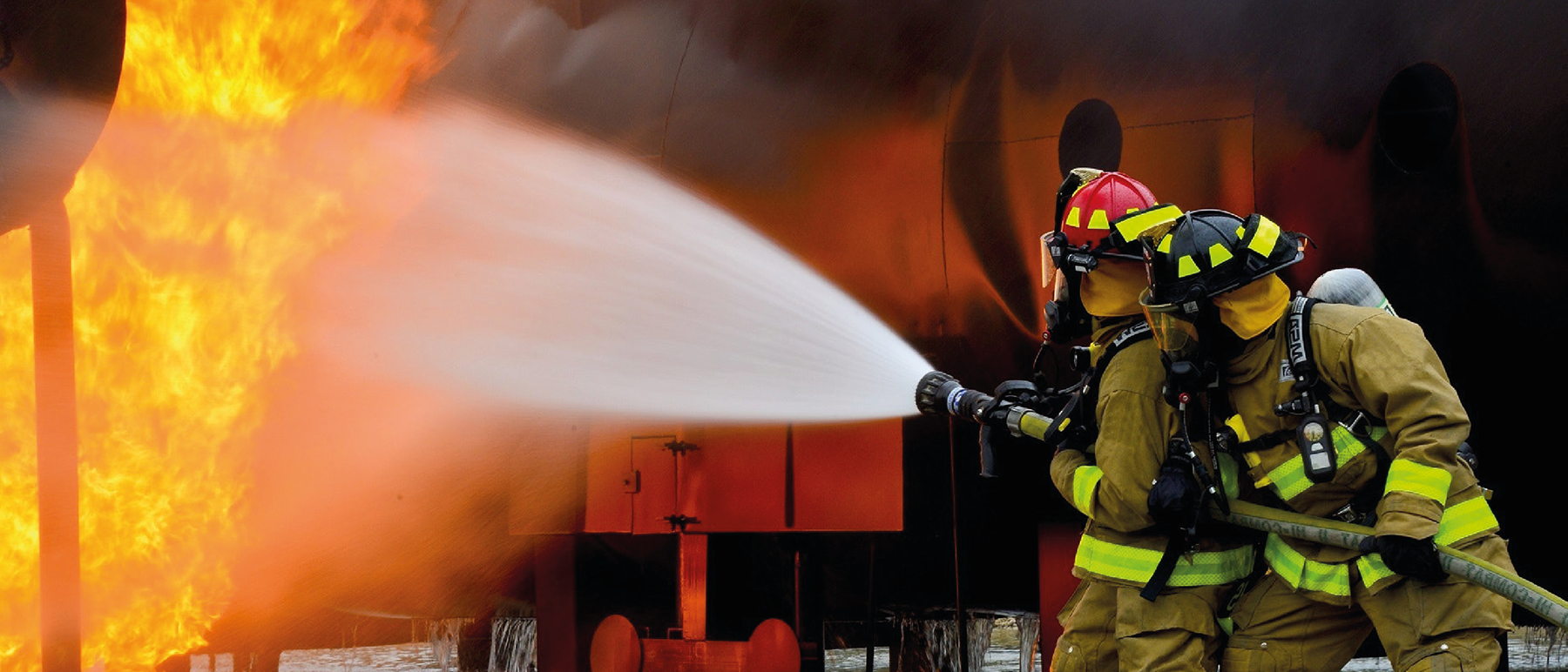The Innovative COMMANDER software cuts response times in 40% of emergencies by looking for the shortest route in real time
An apartment can be completely destroyed by fire in a mere four minutes. In a rescue situation, the first minutes are key in saving a person’s life. In an emergency, every second counts. A multi-disciplinary team of the Complex Engineering Systems Institute (ISCI) set out to create cutting-edge tools to optimize the arrival times of fire units to an emergency, using real-time information on traffic conditions.
Until the end of 2012, the dispatch system of the Santiago Fire Department (CBS, in its Spanish acronym) was based on territorial divisions of the city and a static estimate based on historical information identifying which fire engine arrived first at the scene of the emergency. Fully aware of the need to make improvements in dispatch, the Santiago Fire Department approached ISCI researchers to design the COMMANDER software. It is based on a mathematical optimization model and a user-friendly interface that takes into account conditions on the streets of Santiago at different times of the day and on different days of the week, as well as traffic congestion and reversible roads, in order to decide which vehicle to dispatch to assure a greater probability of an early arrival.
COMMANDER was applied successfully, immediately cutting arrival times of the first-response fire engine dispatched by the Santiago Fire Department in 40% of emergencies.
Mauricio Repetto, former Commander of the Santiago Fire Company, who participated in the development of the project explains “International standards show that the first unit to reach a fire emergency should do so in under four minutes. That was a very difficult challenge for us because we were over five and a half minutes. When we added the COMMANDER model to the dispatch, making it a more mathematical process, it radically changed our level of demand and cut arrival times. Today we have a model that allows the first unit to arrive in 3.40 minutes on average, comfortably meeting international standards. The Santiago Fire Department is now one of the Chilean institutions with the quickest arrival times to the scene of an emergency.”
The information obtained from COMMANDER has allowed us to identify those critical areas in which congestion makes it difficult to arrive in under four minutes, leading us to evaluate the relocation of fire stations in the city.
Fernando Ordóñez, Project Director explains that “this is a problem that could have been resolved a long time ago, but it is still taking five minutes to do this for a city like Santiago. If we wait that long to decide who is going to go to the emergency, the house burns down and people die. We must therefore be able to solve this in a fraction of a second, right away. In order to achieve this instantly, sophisticated mathematics and algorithms must be implemented. Our assessment concluded the new reduction in response times to an emergency by around 27 seconds on average. This corresponds to a reduction of some 10% of the expected response time.”

The software has gone through eight whole years of continuous improvement. In 2016, the team of researchers agreed get to work on a second challenge: to incorporate online information on vehicular traffic in Santiago, since day-to-day events occur that affect the vehicular flow throughout the city, which can mean the vehicle dispatched with the shortest historical travel time is not necessarily the one that arrives first due to particular contingent situations.
Fernando explains “This development creates a technology that can be adapted for various dispatch systems, fire, rescue, and ambulance services, in which the speed of arrival is critical and can mean the difference between life and death.”
Comunicaciones ISCI


